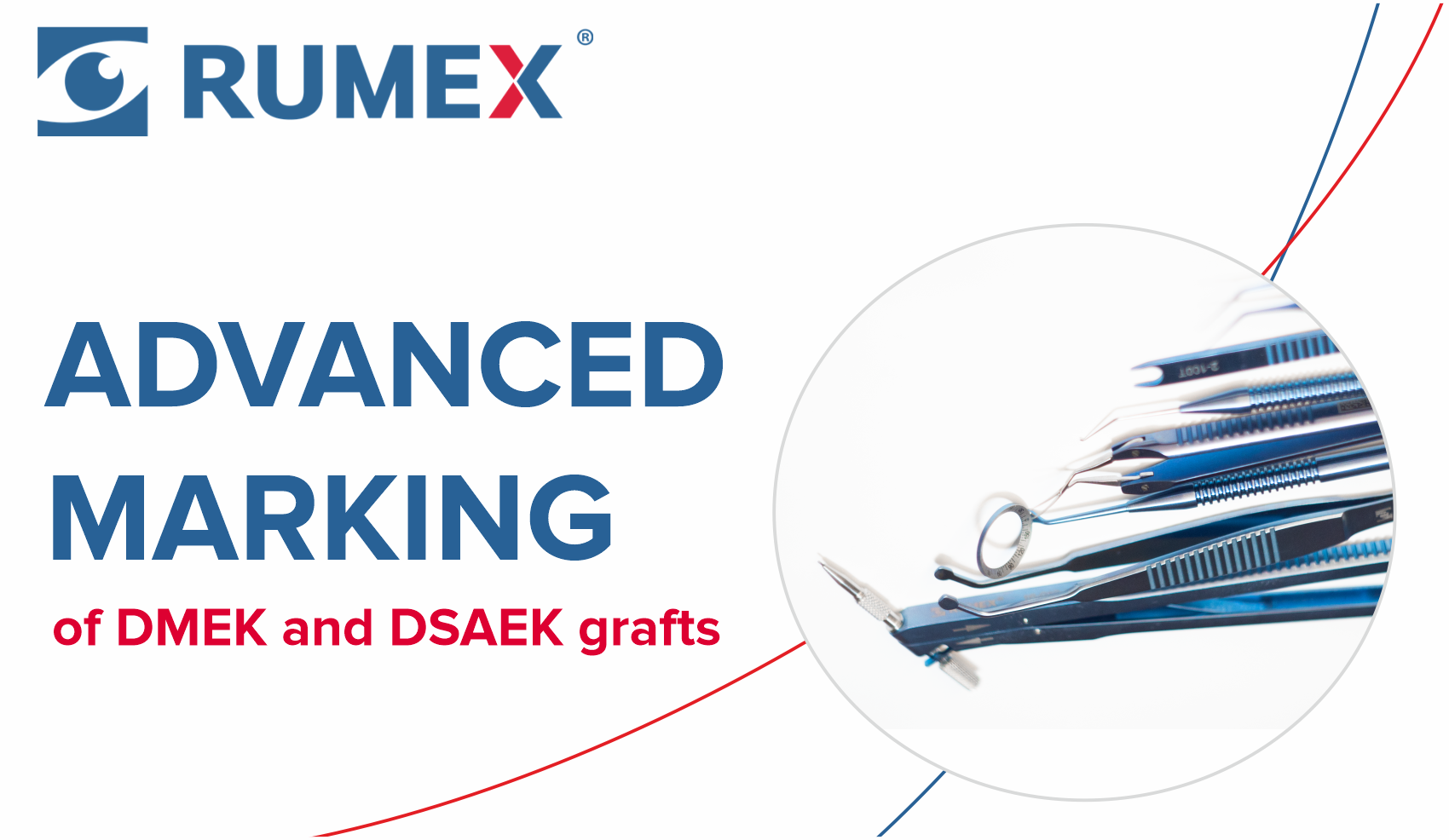
Advanced marking of DMEK and DSAEK grafts.
We keep on communicating with Dr. Abdullayev, MD, MBA, CEBT, Manager of Clinical Development and Innovations at Lions Eye Institute for Transplant & Research, Inc., USA.
Today we will go deeper into graft management and discuss graft marking and tools designed to facilitate this process.
- Dr. Abdullayev, please tell what problems you face during graft preparation. Are they common to Eye Banks?
Preparation of the grafts for endothelial keratoplasty such as DSAEK and DMEK is a complicated and delicate process. In the USA in 99.9% of cases a procedure takes place in the Eye Banks. There are several problems Eye Banks face during preparation - inconsistency of graft thickness, cells damage, inadequate markings placement. One of the main problems is associated with the ink marking (determining the graft orientation inside the eye) smearing and running off from the surface of the graft. Most grafts are prepared the day before the procedure and arrive to the operating theater at the day of surgery. If the mark runs off, it becomes difficult to follow it. In addition, the marks are too wide (for example, the letter S), whereas the ink is toxic for endothelial cells.
- Please advise the other methods of marking.
There are several methods of marking but most common in USA is “S” mark on the stromal surface of the DMEK and DSAEK grafts. Placing “S” mark is a complicated procedure (especially when DMEK graft needs to be marked) and requires additional manipulation with isolated graft of 10 microns, which can lead to endothelial cells loss, Descemet’s membrane damage, extended exposure of the endothelial cells to air and other disadvantages. I’ve developed, in cooperation with RUMEX International, a new instrument and technique for more advanced marking of the DMEK and DSAEK grafts which eliminates and reduces disadvantages, associated with “S” marking.
This novel Abdullayev I&II marker (for DMEK /DSAEK grafts), 3-024T is manufactured by RUMEX International and has the following advantages:
- I&II marks do not interfere with vision
- More stable staining
- Allows to apply 1.5mm straight I&II marks at the very edge of the graft
- No additional tissue manipulation (no punch holes, no folding or unfolding of the graft)
- Ergonomic design
- Do not rust – made of titanium
- Saves time during graft preparation
- Reusable and easy sterilizable
- Are there any other inventions for graft marking?
I’ve also developed, in cooperation with RUMEX International, the following markers for graft preparation:
Scleral Marker for Keratoplasty, Double-Ended 3-0230 (16.00 mm\16.50 mm Diameters)
It improves scleral rim trimming process for corneas with large scleral rim prior to microkeratome processing and eliminates additional measurement.
The other one is Abdullayev Corneal Marker with Central Dot for Keratoplasty, Double Ended 3-0231 (10.00 mm and 11.00 mm Diameters)
It has the following advantages:
- Allows quick placement of the central dot
- Improves centration of the cornea during DSAEK microkeratome preparation
- Improves centration of the donor corneas when placed on the donor punch
